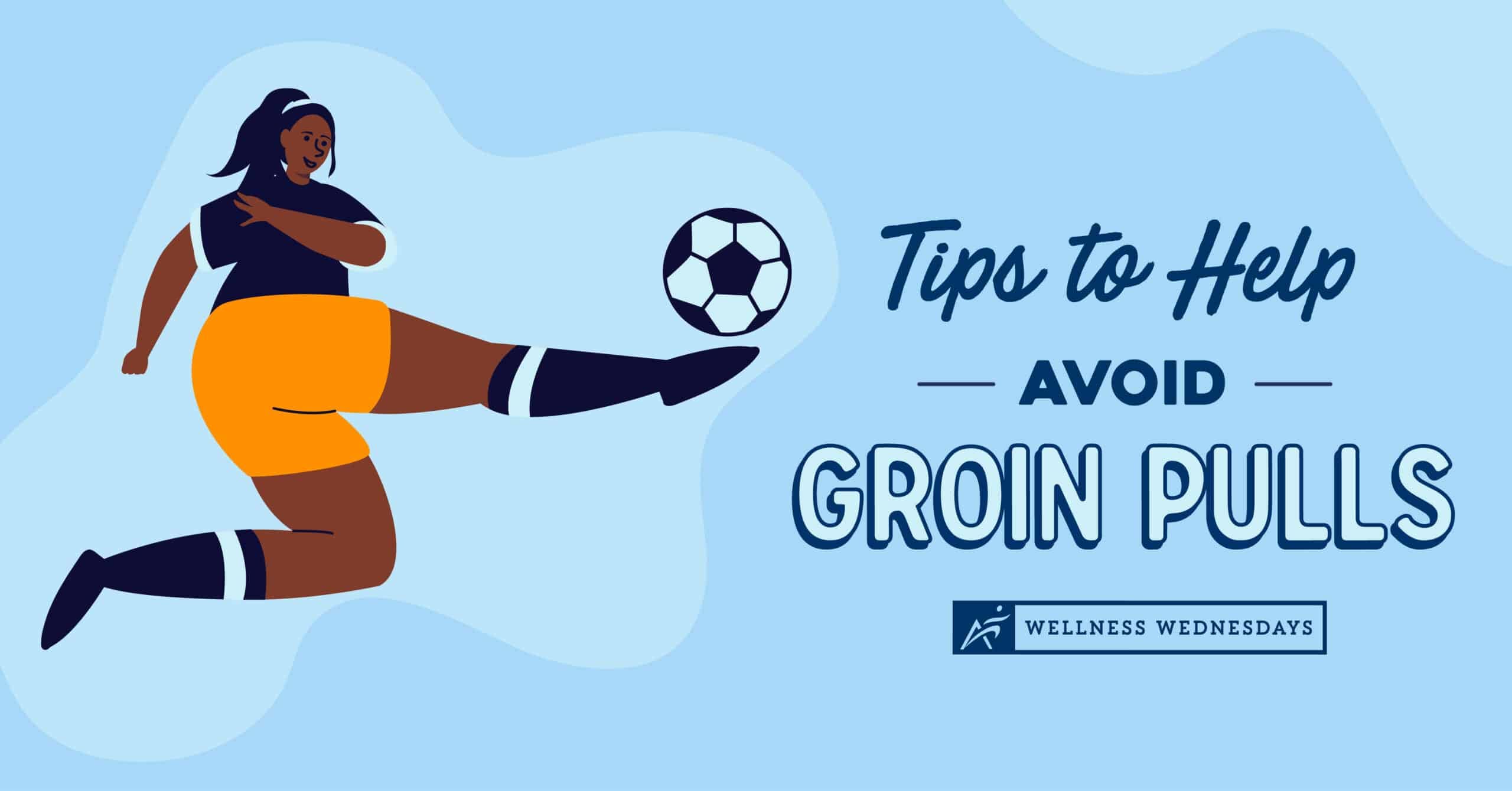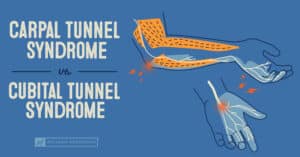Imagine you’re a center forward or striker on your local soccer team. You run to kick the ball and score the tie-breaking winning goal. As soon as you kick the ball, you suddenly feel a popping sensation in your inner thigh, immediately followed by pain.
This pain may feel mild, like a dull ache and slight weakness in your leg as you regain your balance; but it may be severe enough to leave you immobile as you’re carried back to the bench by your teammates.
If you’ve ever had a groin pull before, you may recognize the issue right away. And, while it’s common in soccer players, this injury can affect anyone. Continue reading to learn what a groin pull is, and tips to help avoid groin pulls!
What is a Groin Pull?
The groin is made up of five different adductor muscles in the inner thigh which play a key role in hip and leg mobility and are specifically used during leg adduction and externally rotates and flexes the thigh. A groin pull, also known as a groin or adductor strain, is a tear in the muscle fibers that make up this muscle group. This injury can usually resolve itself with enough rest and ice.
Unfortunately, some adductor strains are more severe than others. Moderate to severe strains will require a more thorough treatment plan than just taking a few days off from activity. Even mild adductor strains may worsen or become chronic if the proper steps aren’t taken to ensure a smooth recovery.
There are several other symptoms to watch out for besides groin pain if you think you have an adductor strain. Below are several other signs of a potential adductor strain:
- Swelling or bruising in the inner thigh
- Difficulty walking or running
- Reduced range of motion
- Decreased leg strength
- Pain that is felt in the inner thigh, especially when moving the leg
Adductor strains can disrupt your favorite activities and even upset your daily life. Understanding the root causes of these strains can help you prepare and prevent future injury.
What Causes an Adductor Strain?
Although a groin injury can happen to anyone, groin pulls frequently occur in athletes. Adductor strains and other groin injuries are especially common in soccer players and hockey players, resulting in approximately 9% to 18% of all injuries in soccer players.
If a groin injury occurs in an athlete, it often happens during sudden movements like kicking or pivoting. Falls, lifting heavy objects, stress from over-exercising, previous injury to the groin, and/or lack of proper conditioning can also contribute to an increased likelihood of getting an adductor strain.
Exercises To Help Prevent Groin Injuries
If you want to avoid an injury during your workouts or avoid an adductor strain in the future, improving flexibility and strength can go a long way in building your body’s resistance to injuries. Here are a few stretches and strengthening exercises you can try to develop your adductors and help reduce your risk of injury.
*Disclaimer: Always consult with your doctor before starting any exercise program. If you experience any numbness, tingling, or reproduction of your symptoms, please contact your doctor.
1. Hip Glute Bridge with Adduction
- For this exercise, you will need the foam roller or pillow.
- Lie on your back with your knees bent and your feet flat.
- Place the foam roller or the pillow right between your knees.
- Get into a pelvic tilt position, and this is going to be the starting position for each of these reps. What that means is your low back should have a little bit of spacing between it and the ground, and if so, you want to rotate your pelvis back to flatten your low back onto the ground.
- To make sure you are doing this right, you can place your fingertips right inside of your hip bones and rotate back, and you should feel a little bit of activation underneath your fingers.
- Squeeze your knees into the foam roller or pillow, as well as your glutes while holding that pelvic tilt and raise your hips up towards the ceiling slowly and controlled.
- Hold at the top slightly, and then slowly lower back down.
- When you lower back down, go back to neutral and then find pelvic tilt again.
- Squeeze your knees into the foam roller, and then squeeze your glutes and raise up to the ceiling.
- Perform 3 sets of 10 – 15, with a 5 – 10 second hold at the top.
2. Hip Side Lying Adduction Isometric
- Start in the side-lying position.
- Place a half roller or pillow right in between your knees.
- Make sure that your knees are stacked right on top of each other.
- Squeeze your knees into the pillow or half roller. Use only light pressure to activate the adductor muscles.
- Perform for 3 – 5 sets of 15 – 20 second holds.
3. Quad Release with Foam Roller
- Place a foam roller under your thighs and balance on your elbows in a plank position.
- Brace your core and avoid arching or rounding your low back or lumbar spine.
- Roll from just above the kneecaps to right below the hip area. Lookout for tender areas.
- Once you locate a tender area hold for 10 – 20 seconds or until the pain lessens, then move to another tender area.
- To place a greater emphasis on one leg, cross the back leg over the other leg or simply shift your body weight to one side.
- To target the inner portion of the quads, widen your legs and rotate your feet out.
- To target your outer quads, bring your legs together, touch your toes, and rotate your heels out.
- Perform this for 1 – 2 minutes per section.
Swift Solutions for Groin Pull Problems
Groin pain from adductor strains can be a nuisance, but recovery doesn’t have to last forever. At Airrosti, our Providers specialize in fixing pain from head to toe, quickly and safely, by pinpointing and treating the pain at its source through hands-on manual therapy. Once seen, your Airrosti Provider will create a personalized treatment plan for your condition, as well as provide injury education and resources to continue your recovery at home.
If constant groin pain is keeping you from doing the activities you love, schedule your in-clinic or virtual appointment with Airrosti today and kick your adductor strain for good.
Call us at (800) 404-6050 for more information.
Read our Medical Disclaimer here.










